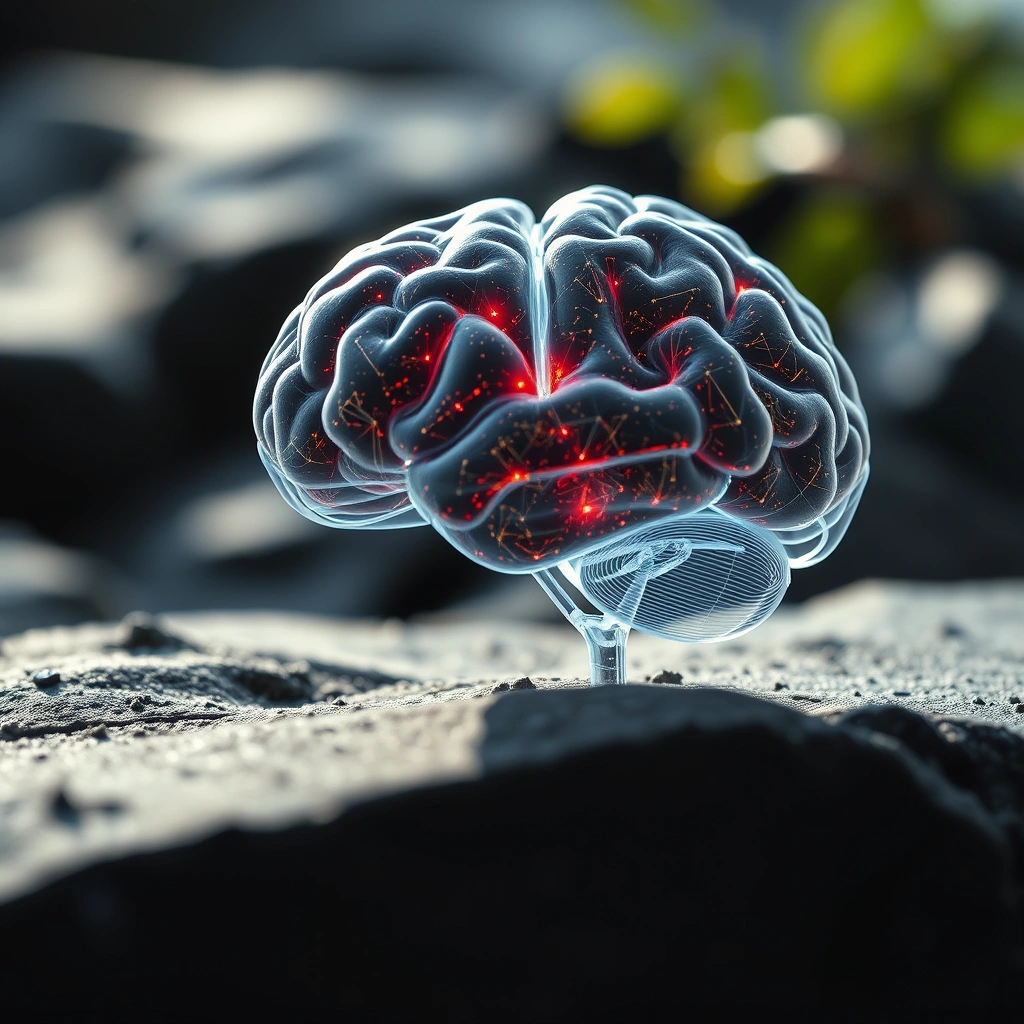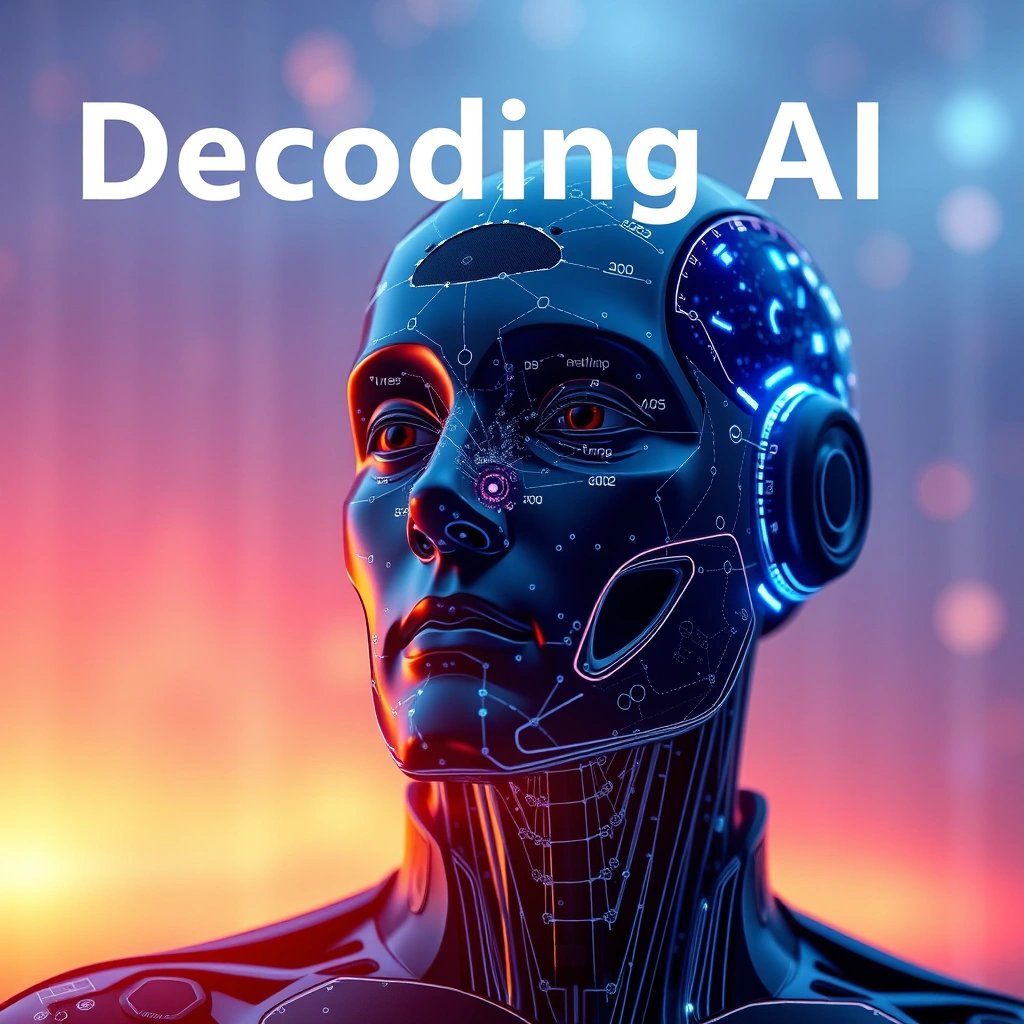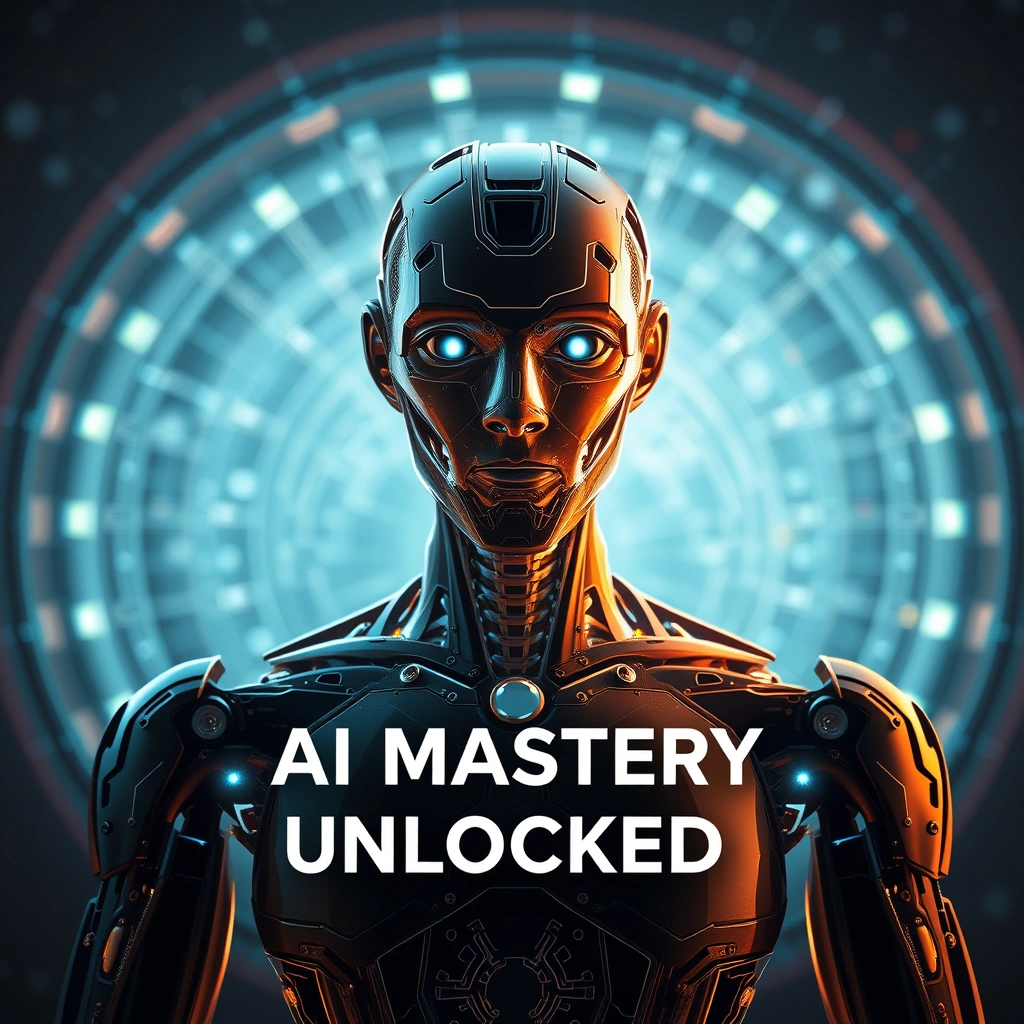Unlocking the Potential of AI Brainwave Technology
Recent advancements in artificial intelligence have led to a significant breakthrough in AI brainwave technology, revolutionizing the way we interact with machines. The AI brainwave breakthrough has opened up new avenues for research and development, enabling the creation of more sophisticated and human-like AI systems. As we continue to push the boundaries of what is possible with AI, the potential applications of AI brainwave technology are vast and varied, transforming industries and improving lives.
The Science Behind AI Brainwave
AI brainwave technology is based on the concept of brain-computer interfaces (BCIs), which allow people to control devices with their thoughts. By harnessing the power of electroencephalography (EEG) and other neuroimaging techniques, AI brainwave systems can decode brain signals and translate them into actionable commands. This technology has the potential to transform the way we interact with machines, enabling people to control devices with greater ease and precision.
How AI Brainwave Works
The process of decoding brain signals involves several key steps:
– Signal acquisition: EEG sensors or other neuroimaging techniques capture brain activity.
– Signal processing: AI algorithms process and filter the brain signals to remove noise and irrelevant data.
– Pattern recognition: Machine learning models identify patterns in the brain signals, allowing the system to understand the user’s intent.
– Device control: The AI brainwave system translates the decoded brain signals into commands, enabling users to control devices.
Applications of AI Brainwave Technology
The potential applications of AI brainwave technology are vast and varied, ranging from healthcare and education to gaming and entertainment. Some of the most promising areas include:
1. Assistive technology: AI brainwave systems can enable people with disabilities to control devices and interact with the world around them.
2. Neurofeedback training: AI brainwave technology can be used to provide personalized neurofeedback training, helping individuals to improve their cognitive function and mental well-being.
3. Gaming and entertainment: AI brainwave systems can enable new forms of immersive gaming and entertainment, allowing users to control games and experiences with their thoughts.
As noted by experts, “AI brainwave technology has the potential to revolutionize the way we interact with machines, enabling new forms of human-machine collaboration and transforming industries” (source).
Challenges and Limitations
While AI brainwave technology holds great promise, there are also challenges and limitations to be addressed. Some of the key issues include:
– Signal quality and noise reduction: Improving the accuracy and reliability of brain signal decoding is crucial for the development of effective AI brainwave systems.
– User calibration and training: AI brainwave systems often require users to undergo calibration and training to achieve optimal performance.
Overcoming the Challenges
To overcome these challenges, researchers and developers are working to improve the accuracy and reliability of AI brainwave systems. This includes the development of more advanced signal processing techniques and machine learning algorithms, as well as the creation of more user-friendly and accessible interfaces.
The Future of AI Brainwave
As AI brainwave technology continues to evolve, we can expect to see significant advancements in the field. With the potential to transform industries and improve lives, the AI brainwave breakthrough is an exciting development that is worth watching. For those interested in learning more about AI brainwave technology and its applications, there are many resources available online, including research papers and industry reports. To explore the possibilities of AI brainwave technology further, visit khmuhtadin.com for more information and updates.









